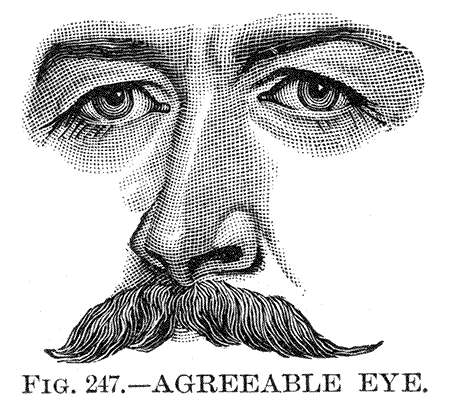self-as-character

In our society the character one performs and one’s self are somewhat equated, and this self-as-character is usually seen as something housed in the body of its possessor, especially the upper parts thereof, being a nodule, somehow, in the psychobiology of personality.[….] In analysing the self, then, we are drawn from its possessor, from the person who will profit or lose most by it, for he and his body merely provide the peg on which something of collaborative manufacture will be hung for a time. And the means for producing and maintaining selves do not reside inside the peg; in fact these means are often bolted down inside social establishments. There will be a back region with its tools for shaping the body, and a front region with its fixed props. There will be a team of persons whose activity on stage and in conjunction with available props will constitute the scene from which the performed character’s self will emerge, and another team, the audience, whose interpretative activity will be necessary for this emergence. The self is a product of all these arrangements, and in all of its parts bears the marks of this genesis.
We read, but also we are read by, others. Interferences in these readings. Forcing someone to read himself as we read him (slavery). Forcing others to read us as we read ourselves (conquest). A mechanical process.
